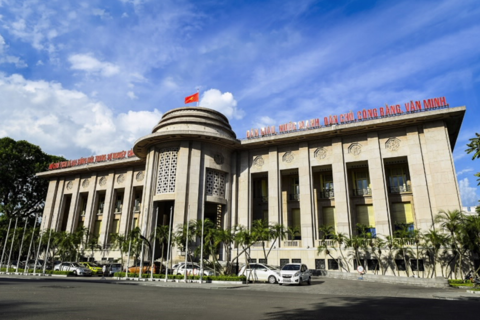Vietnam c.bank tightens real estate lending
The move is aimed at enhancing safety in the banking system, particularly liquidity.
The State Bank of Vietnam (SBV), the country’s central bank, has decided to tighten lending to real estate projects by announcing a three-year roadmap to gradually decrease the maximum ratio of short-term capital used for mid- and long-term lending.
| Illustrative photo. |
Specifically, such ratio would be set at 40% from January 1, 2020 to September 30, 2020, 37% from October 1, 2020 to September 30, 2021; 34% from October 1, 2021 to September 30, 2022 and 30% from October 1, 2022 onwards, with an aim to enhance safety in the banking system.
The information was revealed in the SBV’s Circular No.22, which was issued on November 15 stipulating limits and prudential ratios for operations of credit institutions and branches of foreign banks in Vietnam.
In the past, the ratio of short-term capital used for mid- and long-term lending had been set at 30%, but since 2014, the ratio has been increased to 60% and now is on a roadmap to gradually decrease.
Additionally, the SBV increases the risk weight of real estate loans from current 150% to 200%. Receivable amount that is guaranteed by the project itself, land use right certificate, or other conditions would subject to risk weight of 50%.
The circular also set the loan to deposit ratio at banks and branches of foreign banks at 85%.
Meanwhile, branches of foreign banks that have not met the capital adequacy ratio under Circular No.41, one of the regulation documents for Basel 2 criteria stipulating that banks and branches of foreign banks must regularly maintain the CAR determined based on their financial statements of at least 8%, must submit explanation to the SBV, as well as a roadmap to ensure full compliance with Circular 41 on January 1, 2023 at the latest.












